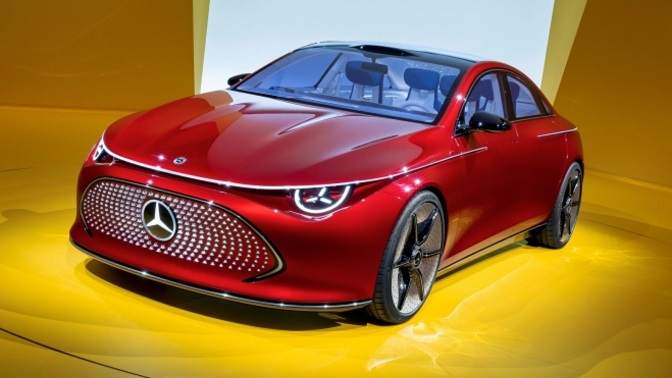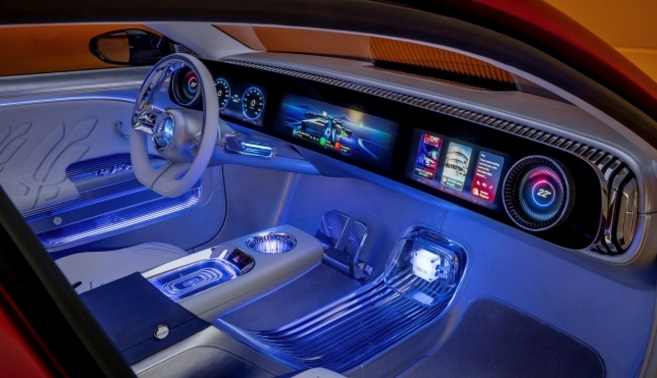Mercedes will have an electric car with “indestructible” batteries
The electric CLA will have several versions and battery types. While the top of the range will use silicon oxide, the access versions will use cheaper LFP batteries.

The Mercedes-Benz CLA Concept will be the star’s first model to incorporate BYD’s Blade battery, a battery without modules and with lithium-fluorophosphate cells, according to a leak from the Chinese press.
The CLA Concept was presented just two weeks ago at the IAA Mobility in Munich. That is the preview of the next electric Mercedes CLA, a car that will be built on Mercedes’ new MMA platform and boasts spectacular performance.
The most interesting figures
A range of 750 kilometers in the WLTP cycle, a ridiculous consumption of only 12 kWh every 100 kilometers, and the possibility of recharging 400 kilometers in just 15 minutes thanks to the new 800-volt MMA platform. Mercedes assures that the entire propulsion system will have an efficiency of 93%. Certainly spectacular. The expected date for its market launch is 2025.

Now, these features will be achieved in the top-of-the-range versions, which will use new technology. Mercedes will use batteries with a silicon oxide anode, which achieves greater energy density. That will be the spearhead while, in the access versions, a lithium-fluorophosphate (LFP) battery will be used, cheaper and with more moderate features.
It has now come to light in an official publication from the China Automotive Battery Research Institute (CABRI), that Mercedes will use BYD technology from 2025 for the battery of the access version of the electric CLA. The local press cites as a source a Mercedes-Benz employee who has not revealed his identity for obvious reasons.
That is BYD’s Blade battery, a technology that is already used, for example, by the Chinese brand’s Atto 3. Tesla also uses these batteries in the access version of the Model Y, which gives a good account of this technology. This battery has several interesting aspects: on the one hand, they are very resistant (their manufacturer says they are indestructible). They are capable of withstanding the crushing of a 46-tonne truck, the penetration of nails, and heating to 300º C without catching fire.
On the other hand, the arrangement of the cells – in the form of sheets and without modules – allows up to 50% more active material to be installed in the same space. In this way, the lower energy density of lithium-fluorophosphate cells is compensated, which has the advantage of being more affordable as they do not contain cobalt.
At the moment, this information has not been confirmed or denied by Mercedes. LFP batteries have an increasing presence in the market, especially in China. In the Asian country, the world’s leading battery producer, the production of LFP batteries more than doubled that of NMC (nickel-manganese-cobalt) batteries in the first half of this year. More and more manufacturers are opting for this more affordable technology, especially in access versions. In addition to Tesla, manufacturers such as Toyota, Kia, and Ford use BYD lithium iron phosphate batteries in their electric vehicles.
Related Post
